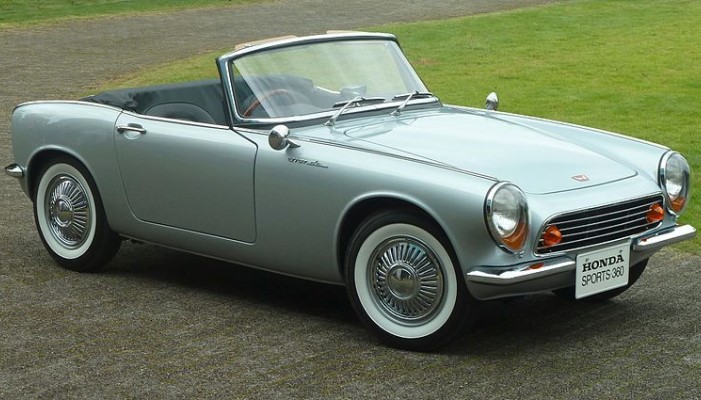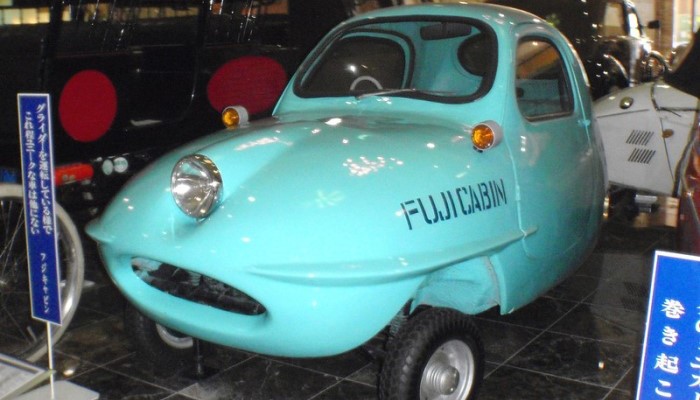Honda N360/N400/N600
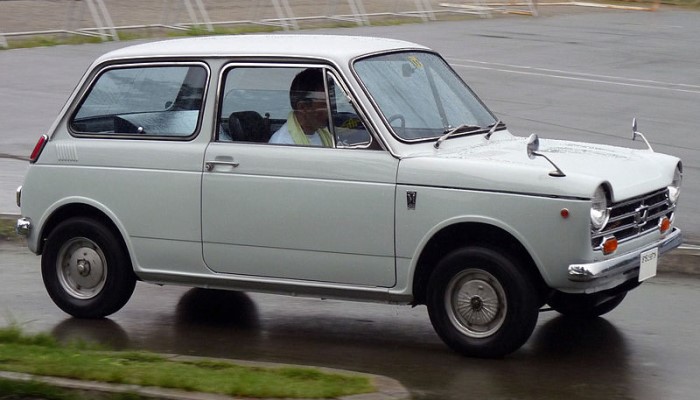
Photo: "File:1967-1968 Honda N360 Type M.jpg" by dacheket from Tochigi, Japan,cropped and altered by uploader Mr.choppers
First Kei Car with an Automatic Transmission
The Honda N360 is the first Kei car with an automatic transmission. And it was a great success for the Japanese car industry and Honda in general. After all, by the time the N360 was launched into mass production, Honda's automobile division had existed for only eight years.
In the 1960s, Honda was far behind other Japanese firms in terms of production volume. And to be more precise, among the small eight Japanese automakers, Honda did not occupy an honorable last place.
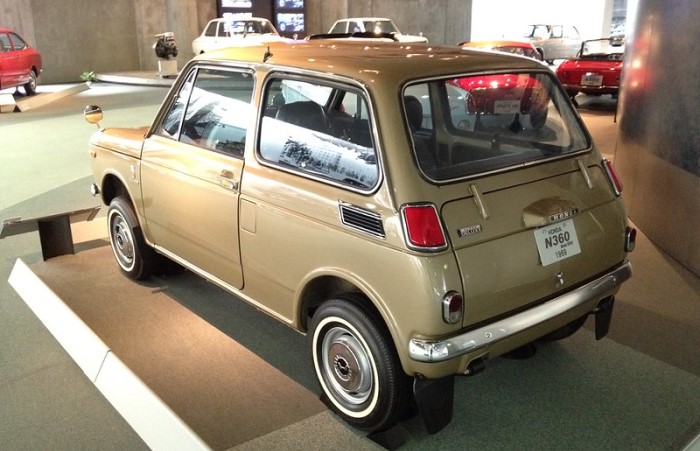
Photo: "Honda N360 Model N360, 1969" by kemeko1971
However, the company had great potential in the form of a powerful engineering corps. Honda engineers are skilled at designing motorcycles. Now it's time to aim for something bigger.
Similarities with Mini and Engine Development
In 1967, the Honda N360 was replenished. This car was designed from scratch. When developing the new model, Japanese engineers clearly creatively rethought the design of the British Mini. This Honda N360 has only benefited. The car turned out to be very modern, in many ways similar in design to its competitors.
Well, if Mini is in prototypes, then the N360 is a front-wheel-drive car. But Japanese engineers took the engine for the small car from the Honda CB450 motorcycle. At the same time, the cooling remained air. And this is very original for the late 1960s. Air cooling was a dying theme for that period.
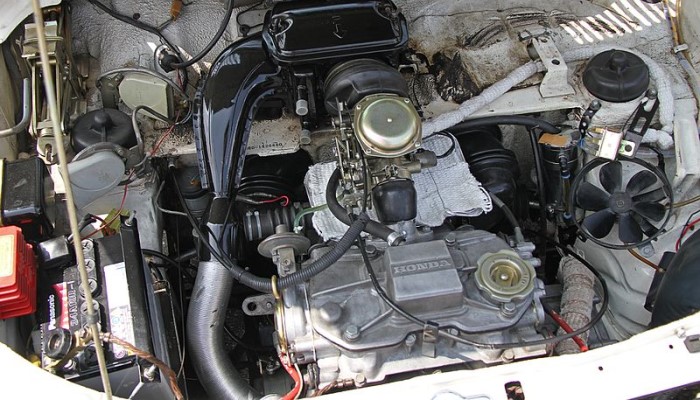
The engine had two cylinders. In the first version, the displacement was 22 ci (354 cc), and the power was 31 hp. Later, 24,5 and 36,5 ci (402 and 599 cc) versions appeared, intended for export to the USA and Europe.
These motors were water-cooled. The transmission is a four-speed or Hondamatic automatic. Disc brakes all around — unprecedented luxury for the 1960s.
The Honda N360 was produced from 1967 to 1972. Modifications with more powerful engines were designated for the Honda N400 and Honda N600. The Honda N360 and its modifications were actively exported to the USA and Europe.
In the States, there was little interest in the car. In Europe, things were better, but not as significant as the company wanted. The Japanese quickly corrected the shortcomings, and since 1971, the Honda N360 has been replaced by the Honda Life and then the Honda Civic.
Honda N600 vs. Mini
It's interesting to compare the Honda N600 with the Mini. In 1969, journalists from Motor magazine conducted comparative tests of these cars. The results are interesting. The Honda N600 costs £589 in Britain, and the Mini costs £561. It seems that the British product is cheaper.
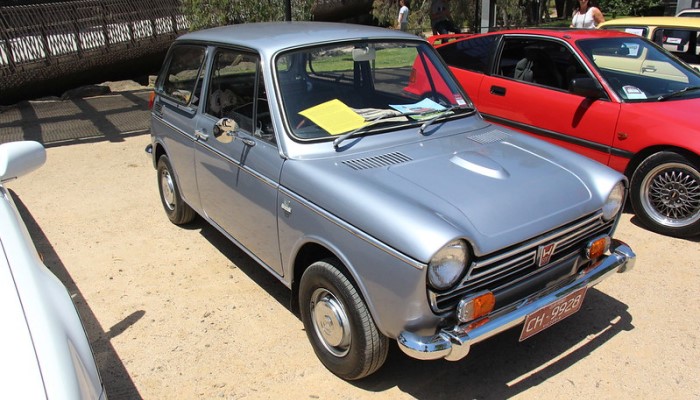
Photo: "1970 Honda N600 Scamp Sedan" by Sicnag
In terms of power, the engines of both cars turned out to be almost identical. Although the Japanese one had two fewer cylinders. They are also close in speed, but Honda reached 72 mph (116 kph). And because it weighed 100 kilograms less than the British product, the total was 550 kg. The fuel consumption of the Honda N600 was simply record low: 7.7 liters per 100 km.
But where Japanese cars have improved on British ones is in quality. The Honda was assembled better; nothing fell off; the Japanese car responded better to the steering wheel; the cooling system did not leak; and the gears shifted clearly.
And this was already in 1969. Is it any wonder that the Japanese strangled the entire British auto industry, like fox chicks, by the early eighties? And as we see, it is not due to the low price. The Honda N600 and Mini cost about the same.
How Much it Costs in Today's Market?
Known for its compact size and impressive performance, the N600 emerged as a game-changer during the 1970s, revolutionizing the subcompact car market. Today, as the demand for small, fuel-efficient vehicles grows, the N600 has become a sought-after gem on the automotive scene.
On average, a well-maintained Honda N600 can be found for around $5,000 to $20,000. However, for those seeking a pristine example or a limited-edition model, prices can climb even higher. Some exceptionally well-preserved N600s have been known to fetch prices upwards of $30,000.
It's important to note that the Honda N600 is not as easy to come by as other more common classic cars. Due to its relative rarity, finding a N600 in good condition might require some patience and thorough research. Enthusiasts often turn to online marketplaces, classic car auctions, and specialized dealerships to find the perfect N600 that meets their expectations.

Unique Car Zone Team
A group of several fans of everything that moves on four wheels, a few article creators, a couple of marketing strategists, designers, web developers, and lots of coffee.




